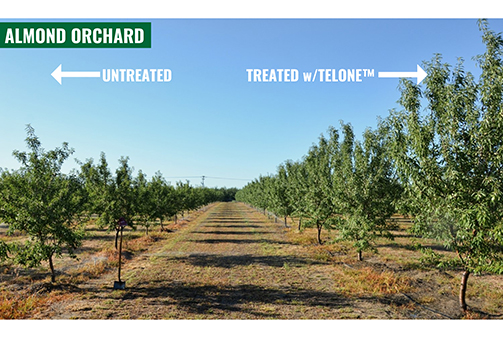Celebrating 130 Years of Diversity in Ag Research and Education
The impact America’s land grant universities have had on the continued advancement of agricultural research, education, and Extension is hard fathom. The historic legacy lives on with marking the 130th anniversary of the authorizing legislation establishing the 1890 Land Grant Universities.
Almost 30 years after President Abraham Lincoln signed the Morrill Act of 1862, the Second Morrill Act, creating our nation’s historically black land grant colleges, was successfully shepherded through Congress by Sen. Justin Smith Morrill and signed into law on Aug. 30, 1890.
The universities that make up the 1890 Land Grant University System are: Alabama A&M, Alcorn State University, Central State University, Delaware State University, Florida A&M University, Fort Valley State University, Kentucky State University, Langston University, Lincoln University, North Carolina A&T State University, Prairie View A&M University, South Carolina State University, Southern University, Tennessee State University, Tuskegee University, University of Arkansas Pine Bluff, University of Maryland Eastern Shore, Virginia State University, and West Virginia State University.
The network of universities is deeply rooted in educating first-generation and economically disadvantaged college students, as well as enhancing the resilience of limited-resourced farmers, families, individuals, and underserved communities.
“America’s 1890 Land Grant Universities are home to some of the best and the brightest our nation has to offer,” U.S. Secretary of Agriculture Sonny Perdue says. “The thousands of scientists, researches, and educators at these institutions are undertaking user-inspired, cutting-edge science that is transforming lives across our nation and around the world. The students at these institutions are a critical part of the future of American agriculture and with them the future is bright.”
* Related Content: What Is the Top School in the World for Agriculture in 2020? *
Background
USDA supports a variety of initiatives and programs supporting 1890 institutions across the nation:
- The 1890 Scholarships Program provides scholarships to support recruiting, engaging, retaining, mentoring, and training of undergraduate students. In FY 2020, each of the 1890 Land-Grant Universities received $752,632 from the National Institute of Food and Agriculture (NIFA), totaling more than $14 million to enhance student opportunities.
- The 1890 Agricultural Extension Program assists diverse audiences, particularly those who have limited social and economic resources, to improve their access to positive opportunities through outreach education. The funds support small and medium-size family farms and new producers in owning and operating viable businesses, youth and others. In FY 2020, these NIFA grants in the amount of $54,720,000 supported all the 1890 Land Grant Universities.
- The 1890 Facilities Grant Program provides for the acquisition and improvement of agricultural and food sciences facilities and equipment, including libraries, so that the 1890 Land Grant Universities may participate fully in developing human capital in the food, agricultural, and human sciences.
- The 1890 Institution Teaching, Research and Extension Capacity Building Grants Program supports research, teaching, and extension by awarding grants that address key problems of national, regional, and multi-institutional importance in sustaining all components of agriculture and rural development. NIFA supported this program in FY 2020 with $21,853,028.
- The Evans-Allen Research Program supports agricultural research activities at 1890 Land Grant Universities. In FY 2020, NIFA awarded $62,910,320.
- The 1890 National Scholars Program seeks to increase the number of minorities studying agriculture, food, natural sciences, and related disciplines by providing full tuition and employee benefits for up to four years to selected students. Selected students will then be eligible for noncompetitive conversion to a permanent appointment with USDA upon successful completion of their degree.
- The Booker T. Washington Fellowship Program, managed by the Office of Partnerships and Public Engagement (OPPE), aimed at connecting faculty and staff at 1890 institutions to resources and research available to them at USDA.
- The USDA-1890 Task Force also managed by OPPE – body composed of equal part USDA employees and 1890 institution officials – regularly meets and converses to seek mutually beneficial cooperation.
- The Centers for Excellence Program provides support for enhanced international training and development and to increase diversity in the science, technology, engineering, agriculture, and mathematics pipeline.
Click here for more information about USDA’s 1890 Land Grant University programs.










